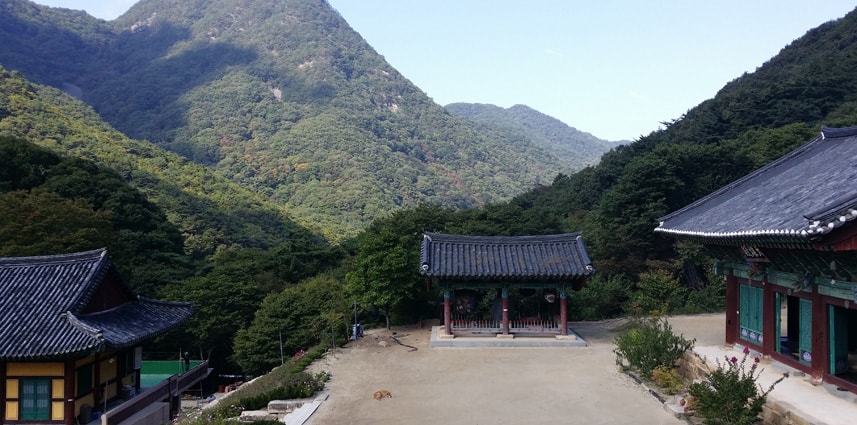Traditional
Architecture
전통건축소개
The first Acheulean Handaxe of East Asia was discovered in 1978 at Yeoncheon Province. It indicate that people lived in the Korean Peninsula from the Paleolithic Age.
Culture of Korea has been developed through the long history.
Korea, China and Japan have many differences in their way of developing based on their ethnic groups, but in common, those three countries share the cultural tradition of Chinese Character(漢字) and the ideological tradition(Confucianism, Buddhism, Taoism).
The concept of universal love(仁) what stress morality and duty in Confucianism(儒敎) is valued as a cause of East Asian growth, not only in the past but also in modern times.
Introduction of Buddhism(佛敎) became the driving force for the development of East Asian architecture.
"Nature" was emphasized in philosophical thought and living culture, the idea of "Unity of Heaven and Man(天人合一)" was the backbone of East Asian architecture.
The Korean traditional characteristic has been expressed in these words, “Courtesy and Endurance(Cho, 1968)”, “Hustle-Bustle and Simple(Lee, 1956), ”Unrefined and Mature(Cho, 1964) and “Delicate Flavor and Planless but Planned(Goh, 1964)”
Korean Traditional Architecture represents our cultural taste and technology.
We must protect it carefully and have an obligation to convey to the next generation.

Korean buddhist temple in nature (Gakyeonsa temple, Goisan Province)

Natural color and figure(Jabangru Pavilion, Okcheonsa temple, Gosung Province)







 Home
Home


